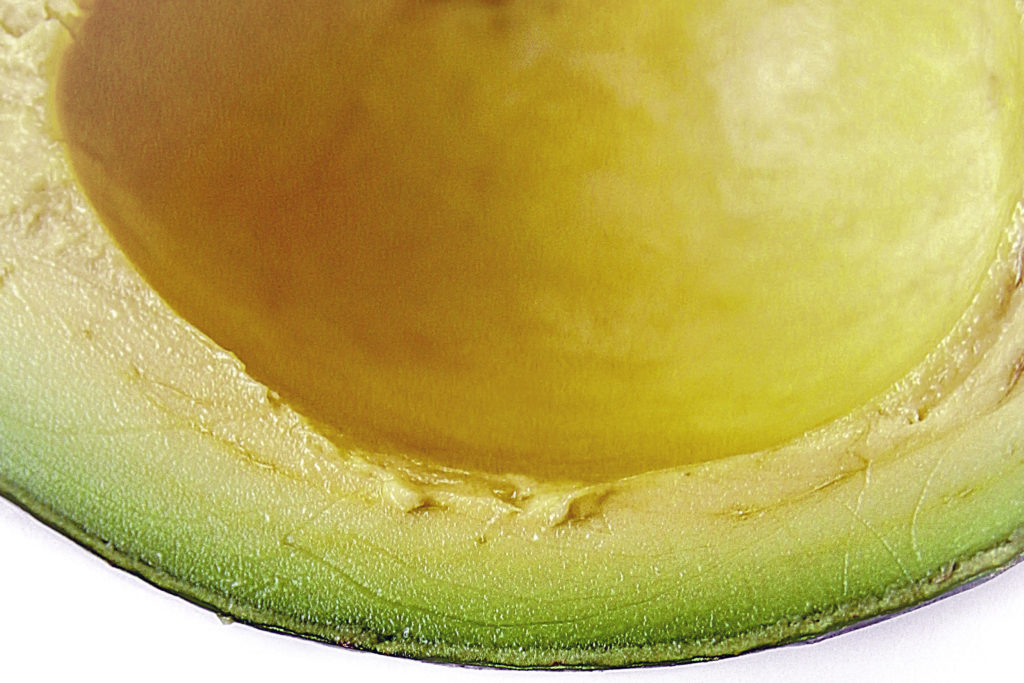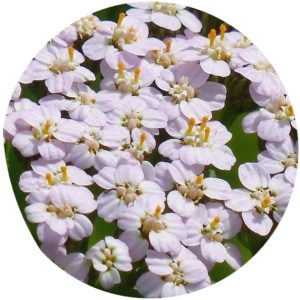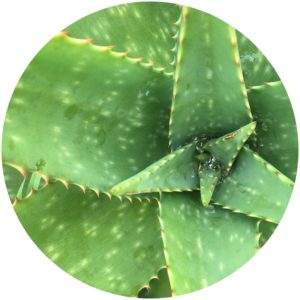Glossary of ingredients. Decode ingredient list labels with this definition guide of skin & hair care buzzwords. Focusing on clean ingredients with effective results.
A | B | C | D | E | F | G | H | I | J | K | L | M
N | O | P | Q | R | S | T | U | V |W| X | Y | Z
A
A – Al Am – Az
- A (Vitamin)
- Topical Vitamin A is retinoids. Retinol has powerful anti-aging and collagen production properties. Retinoids treat acne and fade acne scars. Vitamin A keeps the scalp moist by producing healthy sebum, which keeps hair from drying out and breaking off. It also facilitates the hair growth phase. Too little or too much vitamin A from supplements can cause hair loss. Proper dosage is necessary. Vitamin A promotes the growth and repair of body tissues.
- Abyssinian Seed Oil
- Abyssinian Seed Oil is lightweight and absorbs easily. It contains linoleic acid, which is the predominant fat in skin cells. It forms the lipid barrier that holds moisture in skin cells, which keeps skin hydrated. It offers high spreadability with no tack. Abyssinian Seed Oil uniquely contains a high percentage of unsaturated C22 fatty acids, making it highly resistant to oxidation.
- Acacia
- Acacia (Shikakai) is a flowering shrub. It improves hair texture as a conditioning agent. It nourishes the scalp to promote hair growth. Shikakai is also used as a gentle shampoo. Combine with Amla as a hair treatment.
- On the skin, Acacia moisturizes, firms, and tightens; it reduces the look of wrinkles and smooths skin. It is often used in natural peel-off face masks to form a film.
- Acacia dealbata
- Acacia dealbata is mimosa flower absolute, with the purest form found in Grasse, France. Mimosa benefits oily and sensitive skins. It contains Lupeol, an anti-inflammatory.
- Acai, AÇAI
- A Brazilian fruit that is high in nutrients and antioxidants. It is an antioxidant and considered a superfood. When applied topically, it delays signs of aging. While everyone can benefit from Acai, it is particularly useful for skin that has not yet shown signs of aging.
- Acetyl Hexapeptide-1
- Acetyl hexapeptide-1 is a synthetic peptide of several amino acids. It enables the skin to defend against environmental aggressors while evening out skin tone via melanin regulation.
- Acetyl hexapeptide-37
- Acetyl hexapeptide-37 is a synthetic peptide. It is a combination of amino acids alanine, proline, serine, and glycine. Acetyl hexapeptide-37 balances the water in the skin’s surface layers to alleviate dehydrated skin.
-
Achillea Millefolium Extract
- Achillea Millefolium Extract is Yarrow. Traditionally used in both eastern and western ancient medicine and folk medicine practice, it reduces inflammation while promoting healing and circulation.
- Activated Charcoal
- A form of charcoal carbon, generally in powder form, used in cleansers and masks to absorb excess oil from pores. It is also used to naturally whiten teeth. While not abrasive or directly drying, because it is so highly absorbent, activated charcoal products are generally not for daily use.
- Adapalene
- Adapalene is Differin, OTC retinol available for acne.
-
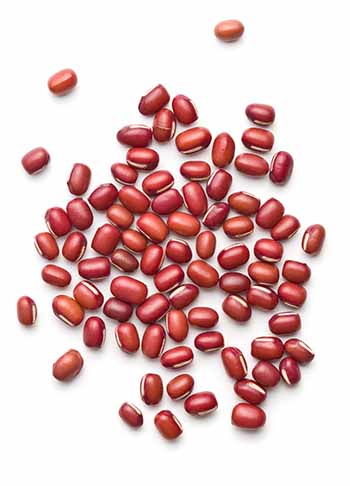
Phaseolus Angularis or Adzuki Seed
Adzuki Seed Powder
- Adzuki Seed Powder, AKA Phaseolus Angularis, is a Japanese beauty secret. Adzuki Seeds are a bean. When ground, they make a powder. These ground beans are a natural exfoliant. They are not sharp or jagged like exfoliating nutshells seen in some products. They provide a gentle effective buffing to the skin to exfoliate without damage.
- Agar
- A sugar molecule made from algae which is used in makeup, cleansers, and shampoo as a thickener. It has some antioxidant benefits. Replaces chemical fillers in clean formulations.
- Age Spots
- Age spots are small and flat pigment spots due to sun exposure. Age spots usually occur after the age of 40. Regular sunscreen use can prevent age spots due to photodamage. Vitamin C serums can fade age spot discoloration.
- Alchemilla Vulgaris Extract
- Alchemilla Vulgaris Extract comes from the Lady’s mantle flower/herb. It is rich in tannins, flavonoids, and salicylic acid. Salicylic build collagen and treats acne.
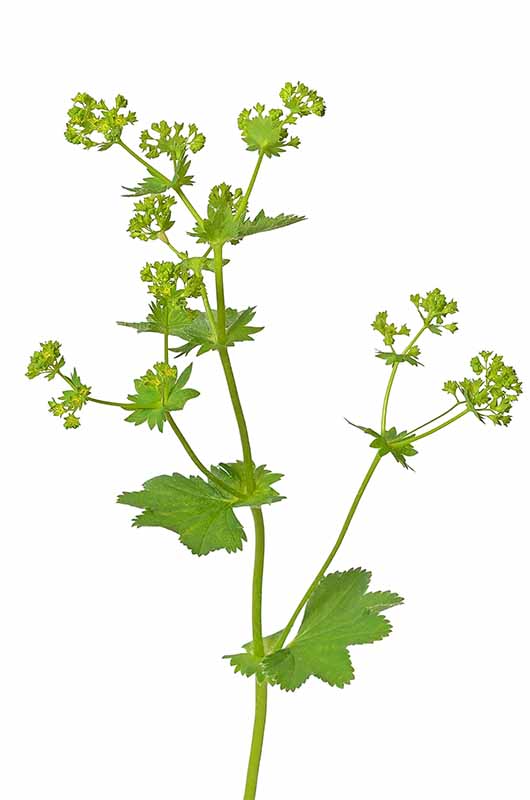
The extract from Lady’s mantle herb (Alchemilla mollis) provides a gentle Salicylic Acid to treat acne without skin irritation
- Alcohol
- Alcohol used as a stabilizer in products. Not all alcohols in skin and hair care are drying or irritating. There are “good” moisture-binding alcohols, preservative alcohols that are considered neutral to helpful, and “bad” alcohols that can be drying to hair and skin.
-
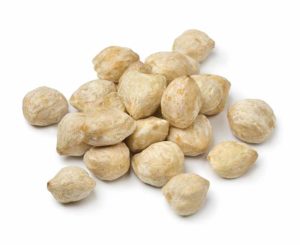
kukui seed oil comes from kukui nuts
Aleurites Moluccana
- Aleurites moluccana is kukui seed oil. It is used to intensely hydrate and moisture skin.
This oil can do something unusual: it can penetrate into the deep layers of the skin. This is exciting since it also helps promote collagen production. The deeper the skin can make collagen, the firmer it looks.
Algae Extract
- Algae Extract is packed with skin essential vitamins and minerals. It not only detoxifies the skin. but algae conditions, hydrates, and softens skin while refining skin texture. The amino acids in algae neutralize free-radicals. Algae can improve skin barrier function. The Polyphenols in algae offer anti-aging benefits. [1] Red and brown algae each have unique properties within skincare. Algae used in tandem with light therapy offers increased benefits.
-
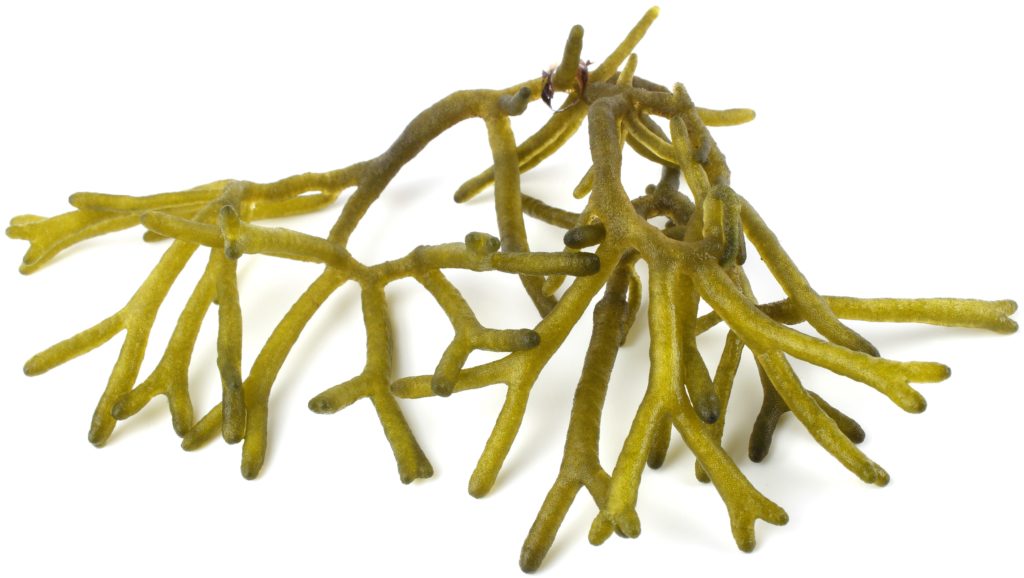
Algae can nourish skin and hair
- Alginic acid, Algin
- A biopolymer found in brown algae, such as Caulpera Lentilifera. Alginic acid strengthens the lipid barrier, retains hydration and promotes skin elasticity. It holds more than 100x its’ weight in water to retain moisture in the skin.
- Almond Seedcake
- Almond Seedcake (Extract) is a natural organic coating agent useful in hair conditioners and leave-in treatments. It has amino acids and proteins to strengthen the hair strand and smooth the appearance of the cuticle. Very helpful in restoring the appearance of health on damaged hair.
- Alpha Arbutin
- A natural skin-lightening agent extracted from bearberry. It inhibits melanocytes from producing melanin. Over time this slowly reduces hyperpigmentation. Effective on acne scars, photoaging, age spots, and certain types of dark undereye circles. Pairs well with Niacinamide
- Alpha Hydroxy Acids (AHAs)
- Alpha Hydroxy Acids are often referred to as AHAs. AHAs are a group of acids from sugar cane milk, grapes and citrus. AHAs are highly effective at making skin and wrinkles appear smoother. AHAs remove and loosen cells from the skin surface and helps the skin retain moisture. Some types of AHAs include lactic acid, malic acid, citric acid, and glycolic acid. AHAs are preferred for mature skin as there is no excess scrubbing or rubbing to achieve results.
- Alpha Lipoic Acid (ALA)
- Alpha Lipoic Acid (ALA) is useful as both a vitamin and topical serum. It improves cellular energy production and reduces inflammation, a major cause of aging. It makes the skin have a natural glow. Helps the body best use Vitamin C and CoQ10. ALA improves cellular energy production, making skin look brighter. ALA is 400 times more powerful an antioxidant than Vitamin C and virtually eliminates free radicals.
-
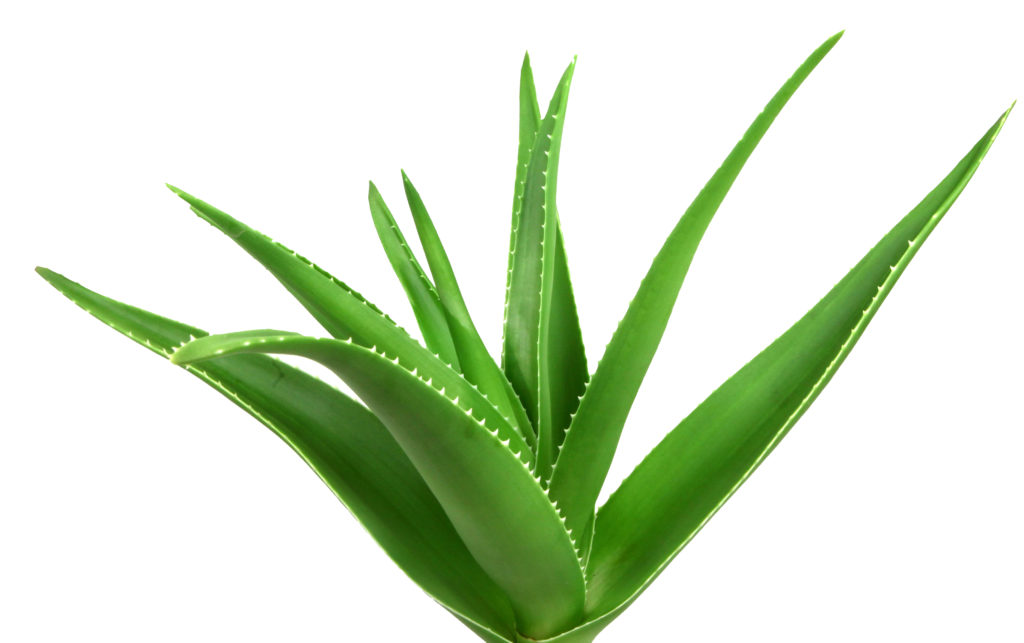
The gel of the Aloe Vera plant nourishes and soothes skin and hair
Aloe Vera, Aloe Barbadensis Leaf Juice
- Aloe Barbadensis Leaf Juice comes from the Aloe Vera plant. It feeds the hair with essential nutrients and makes hair smooth, hydrated, soft, and shiny. Aloe Vera has an enzyme that repairs dead skin cells on the scalp for optimal hair growth. Aloe Vera soothes minor burns, scrapes, and heals the skin. It provides nourishment to the skin as it contains Vitamins A, C, Bs, and E as well as minerals and enzymes. This skin food heals, hydrates, and accelerates skin cell growth. It provides anti-inflammatory and anti-bacterial properties.
- Alopecia
- Alopecia is the complete or partial loss of hair in either gender.
- Altreno
- Altreno is the first tretinoin lotion made specifically for adult acne.
Am – Az Glossary Terms
References
- Vinay, T. et al. Beneficial Effects of Marine Algal Compounds in Cosmeceuticals. Marine Drugs 11(1), 146-164 (2013)
- Journal of Cosmetic Dermatology, Volume 11 (4) Dec 1, 2012, Stability, transdermal penetration, and cutaneous effects of ascorbic acid and its derivatives
- Davinelli S, Nielsen ME, Scapagnini G. Astaxanthin in Skin Health, Repair, and Disease: A Comprehensive Review. Nutrients. 2018 Apr 22;10(4):522. doi: 10.3390/nu10040522. PMID: 29690549; PMCID: PMC5946307.
- Nishida, Y. and E. Yamashita. œQuenching Activities of Common Hydrophilic and Lipophilic Antioxidants against Singlet Oxygen Using Chemiluminescence Detection System. 2007).
- Camera E., Mastrofrancesco A., Fabbri C., Daubrawa F., Picardo M., Sies H., Stahl W. Astaxanthin, canthaxanthin and beta-carotene differently affect UVA-induced oxidative damage and expression of oxidative stress-responsive enzymes. Exp. Dermatol. 2009;18:222–231. doi: 10.1111/j.1600-0625.2008.00790.x.
- Tominaga K., Hongo N., Karato M., Yamashita E. Cosmetic benefits of astaxanthin on human subjects. Acta Biochim. Pol. 2012;59:43-47.
- de Oliveira, Ana Paula et al. “Effect of semisolid formulation of persea americana mill (avocado) oil on wound healing” Evidence-based complementary and alternative medicine : eCAM vol. 2013 (2013): 472382. doi:10.1155/2013/47238
About the Style Chicks Defining Beauty Glossary
StyleChicks.com reports beauty products with effective ingredients.
Which beauty products meet your skincare and haircare needs?
Defining Beauty can help. It is an ingredient reference guide. Use this beauty dictionary to find which ingredients should be in your holy grail beauty products.
This glossary focuses on the proven, effective ingredients of skincare and haircare.
The Defining Beauty Glossary updates often with new skin and hair ingredients.
Want to find beauty products using effective ingredients? Search through Style Chicks recommended skin and hair care products. We cover acne to anti-aging skin care, and haircare needs.
DEFINING BEAUTY Glossary © 2022 Style Chicks and StyleChicks.com.
All Rights Reserved.
